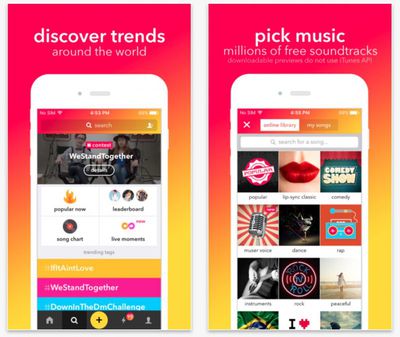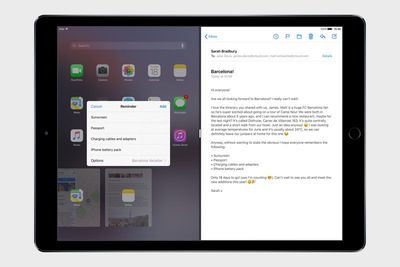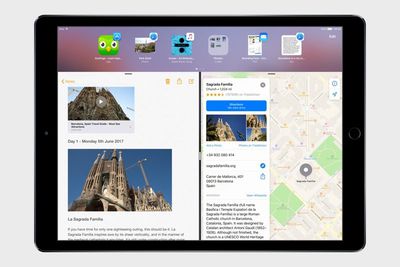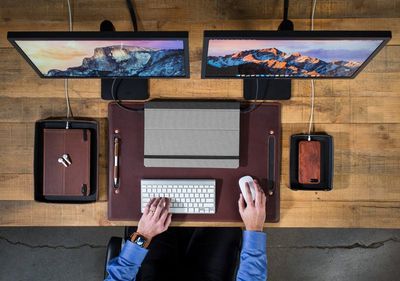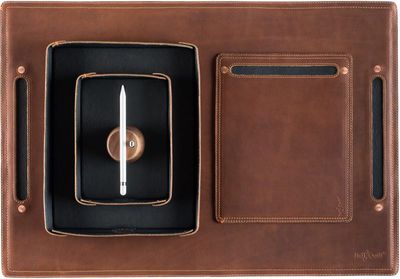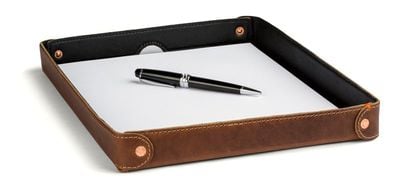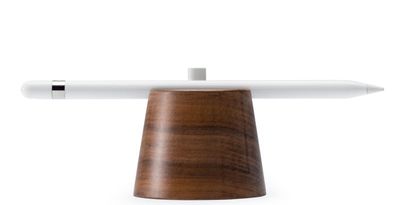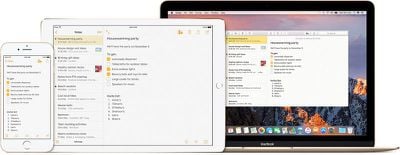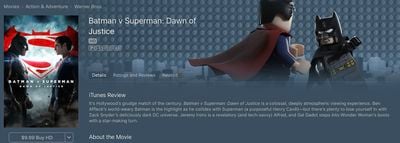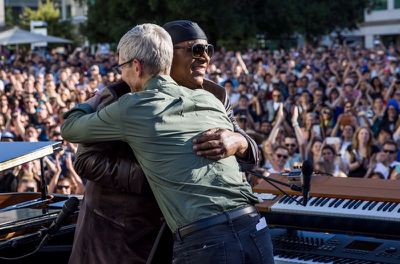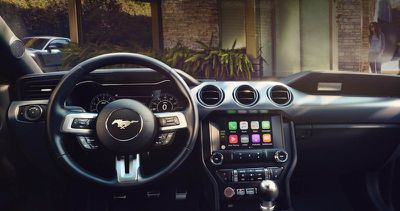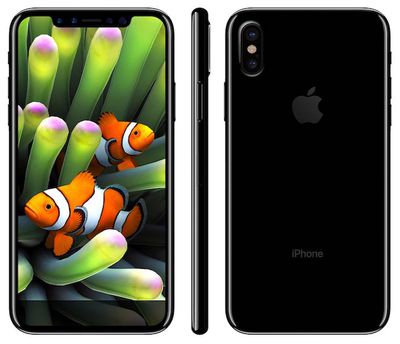A series of photos claiming to show molds of Apple's upcoming 2017 iPhone range appeared online today and over the weekend, providing a potential look at the relative sizes of the rumored new devices. Apple is expected to announce three new iPhone models this year: two LCD-based "S" cycle upgrades to the iPhone 7 and 7 Plus, alongside a radically redesigned tenth-anniversary "iPhone 8" with an edge-to-edge OLED display.
It's worth bearing in mind that the molds shown in the images could simply be made for use in the production of third-party iPhone cases rather than actual handsets. Either way, they do appear to line up with unconfirmed details we've been hearing over recent months, particularly with regard to the dimensions of the devices.
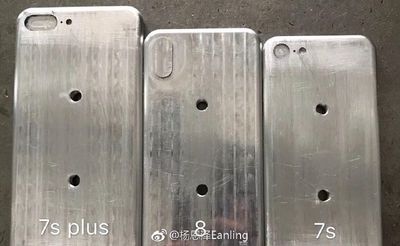
The mold of the so-called "iPhone 8" is pictured between the two iterative models, which shows the redesigned handset isn't much bigger than the 4.7-inch iPhone 7S chassis on the right hand side. Despite the similarity, reports suggest the redesigned phone could pack a 5.8-inch display that's closer in size to the screen on the 5.5-inch iPhone 7 Plus. A lack of bezels at the top and bottom of the device are said to enable the larger OLED area.
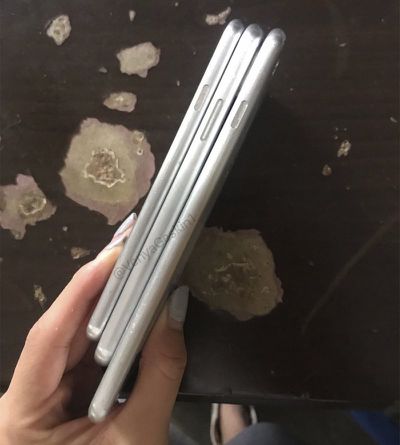
The side-on view offers another take on the relative dimensions, and also reveals a longer power button on the OLED iPhone in the middle. The appearance of the longer button in previous dummy images has led to speculation that it could act as a fingerprint recognition surface if Apple can't integrate Touch ID into the OLED display. Rumors say Apple has struggled to overcome the challenges involved in such a feat, but details are still sketchy.
Some sources suggest the company could resort to placing the sensor on the back of the handset, like on the Samsung Galaxy S8, but most agree this would be an inferior implementation compared to Touch ID's current front-facing location on the home button.
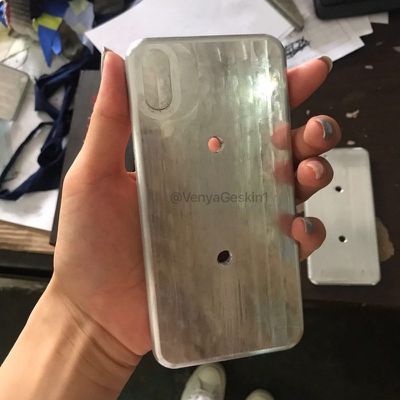
Cutouts for the rear camera in the middle mold line up with previous rumors that Apple will go with a vertical dual-lens orientation in the "iPhone 8", in contrast to the horizontal layout on the iPhone 7 Plus, which is expected to remain on the 7S Plus.
The OLED iPhone is expected to be unveiled at a September event alongside the "S" cycle phones, and could feature new 3D-sensing technology in the front-facing camera, as well as a faster A11 chip, face and iris recognition, better waterproofing, some form of wireless charging, and a glass body.


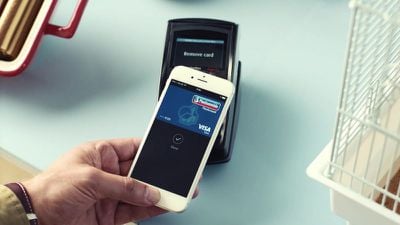
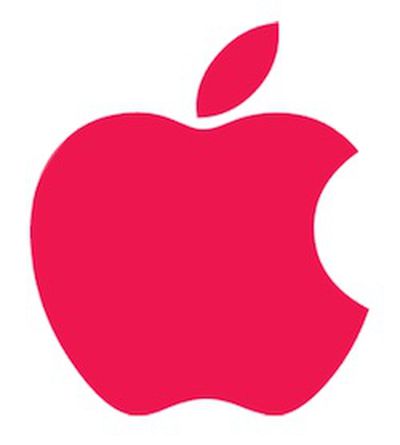 Apple has the potential to become a trillion dollar company by 2019, according to RBC Capital Markets analyst Amit Daryanani.
Apple has the potential to become a trillion dollar company by 2019, according to RBC Capital Markets analyst Amit Daryanani.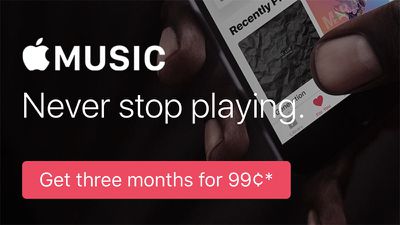
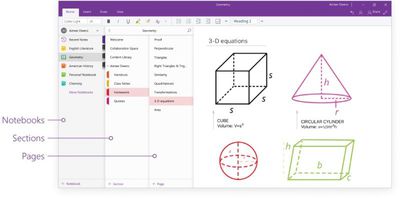
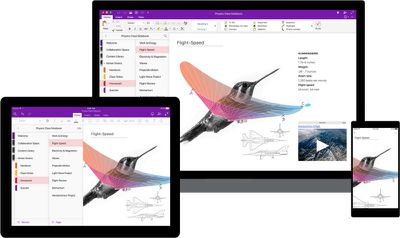
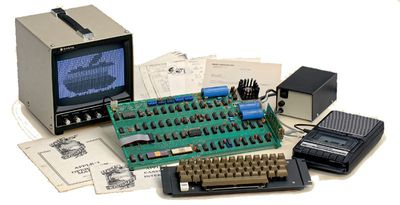
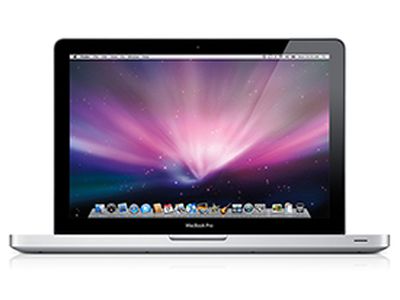 Apple says the following models are no longer eligible for its MacBook
Apple says the following models are no longer eligible for its MacBook